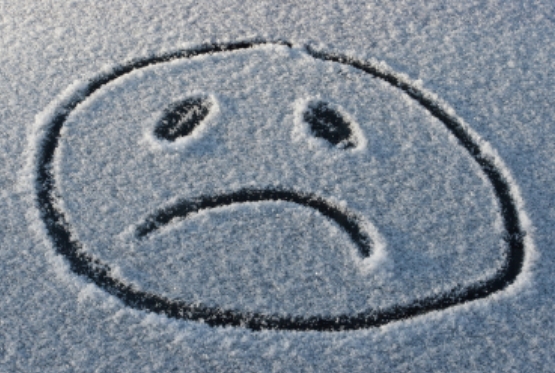
Every winter, deaths from heart-related conditions rise in the United States. Plotted on a graph, the rise in deaths looks like a hill – with two spikes at the top when deaths sharply increase.
“Sticking up out of this hill, are two – you might say – television towers. One television tower at Christmas and one television tower at New Year’s,” said David Phillips, a sociologist at the University of California, San Diego, who first pointed out the phenomenon now nicknamed the “Merry Christmas Coronary,” the “Happy New Year Heart Attack,” or the more reserved “Christmas Holiday Effect.”
Now, a group of researchers has further ruled out any notion that the bump in holiday deaths could be accounted for by the overall wintertime effect. In a study published in the Journal of the American Heart Association, researchers examined data from New Zealand, where the holidays fall in the middle of summer. They found that the number of cardiac-related deaths outside of hospitals rose 4 percent over the Christmas holiday – resulting in about four additional deaths per year in the small country.
The study also found that people who died from heart-related causes during Christmastime were slightly younger than those who died of similar causes during the rest of the year.
No one knows exactly why this uptick happens, but Philip Clarke, an economist at the University of Melbourne who oversaw the new study, said that it’s possible that people are traveling over Christmas and may not be as familiar with medical facilities. They may forgo care. It’s also possible that a change in diet or stress levels plays a role. Medical facilities may be less well-staffed.
Phillips said that his own work has shown similar mortality spikes among specific religious and ethnic groups just after important holidays, which could support the idea that postponement of care is playing a role in the rise in deaths, rather than a shift in hospital staffing. He’s also seen a slight decline in deaths before the holiday, suggesting that sick people could be holding on for the occasion.
“The most plausible candidate is a degradation of medical care,” he said, whether it is from patients being less likely to seek medical care or staff being less experienced and skilled, or simply fewer of them. “You could say to patients: Don’t ignore warning signs.”
The findings reinforce the pattern initially observed in the United States years ago, and they might raise the question about why anyone would bother to study this in the first place, since it’s already been shown. Researchers redo studies using different data sources, such as the New Zealand population, for an important reason: to see if the findings hold up. This process is called replication, and it’s essential to science and medicine. That’s because some study findings may be due to chance or even publication bias, when results showing a positive result get published and ones that don’t seem to show anything get shoved in a file drawer. Replication offers a powerful way to check whether a result is more universal, holding up beyond the particular situation described in a single study.
“What we were intrigued with is that you could do a study in the southern hemisphere, where you get the holiday effect – but it’s obviously a very different season, the height of summer rather than winter,” Clarke said. “Reproduce the results, but in a very different context.”
(c) 2016, The Washington Post · Carolyn Y. Johnson

